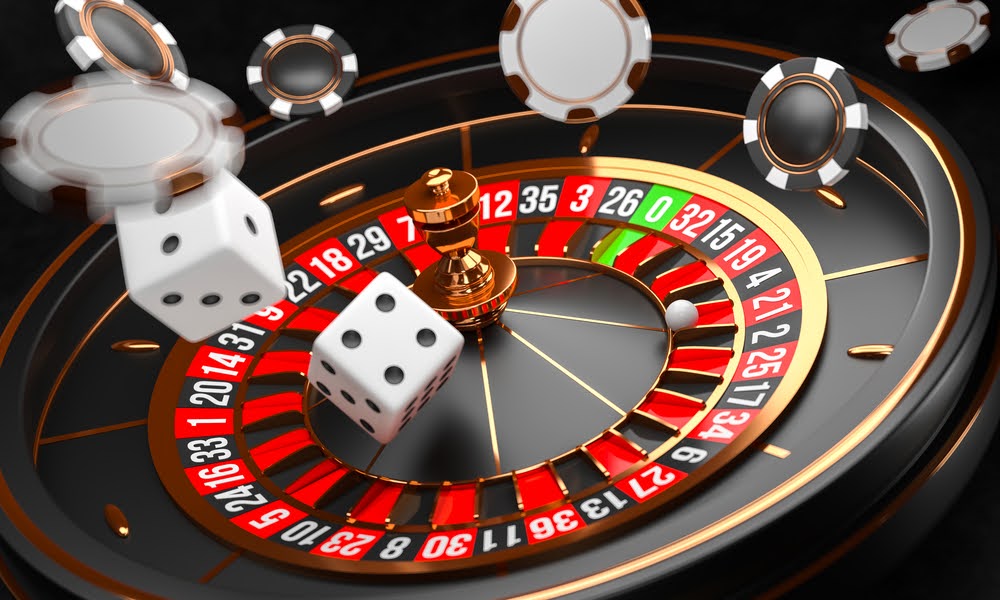Rolling the dice is a combination of skill, chance, and motion. Players feel the suspense every time the dice tumble across the table. But what happens when you throw those little cubes? Physics plays an important role in how dice move, bounce, and land.
When you toss a die, everything starts with your grip and your release. It is in motion the moment the die leaves your hand. The speed and angle at which you throw it determine how far it will travel. If you toss it too softly, it may not reach the far end of the table. It may bounce wildly and fly off the surface if you throw it too hard.
The way your hand turns adds spin to the die. This is called angular momentum. This spin keeps the die rotating through the air until it hits something that slows it down.
The Impact on the Table
The die bounces and rolls when it hits the table. At this point, gravity, friction, and surface texture come into play. Most casino tables in Edmonton have felt tops, which slightly slow the dice down and reduce bouncing. This helps keep the game fair by making it harder to predict or control the outcome. Friction between the die and the surface causes it to roll or tumble. The rougher the surface, the quicker the die will come to a stop.
The Role of the Back Wall
In casino craps, players are required to throw the dice so that they hit the back wall of the table. This wall usually has a rubber surface with pyramid-shaped bumps. The purpose of this design is to make the bounce unpredictable. The dice bounce in different directions when they hit these little spikes, reducing the chance that anyone could control how they land. This is a built-in safety feature that casinos in Edmonton and across Canada use to protect the randomness of the game.
Why Dice Land the Way They Do
Each face of a standard die has the same shape and weight. Thus, there’s no heavier side pulling the die toward one number, assuming the die is perfectly balanced. However, not all dice are perfectly balanced. Tiny imperfections from the manufacturing process can affect the roll.
As the die slows down, it will wobble less and eventually settle. Sometimes it stops on one number after a few bounces. Other times it spins and flips longer.
The Influence of Air and Spin
Air plays a role in how dice move. Air resistance slightly slows down the motion of the die in flight. The faster the throw, the more air drag it faces. If a die is spinning rapidly, the spin can also influence how it bounces. In combination with the spin you gave it when you released it, air resistance adds to the unpredictable dance of the dice before they settle.
Despite all the physics involved, the main goal of a die is to give a random result. Every twist, bounce, and spin works toward this goal.





